Hot Keywords:
- All
- Product Name
- Product Keyword
- Product Model
- Product Summary
- Product Description
- Multi Field Search
Views: 1 Author: Site Editor Publish Time: 2025-02-18 Origin: Site
#1Introduction

Hey, friends, today let's talk about a seemingly lofty, actually very down-to-earth thing —— flange. Don't look at its name foreign style, in fact, it is in our side, and the role is very big! If not without it, a lot of things have to "strike", don't see the orchid structure is simple, but the amount of tools (car, drill, silk cone) is still very considerable, today to explain separately, like to collect and share it.
#2Origin
The origin of the word "flange" is actually quite interesting, and it has a rich historical background and language evolution process behind it.
The origin of the name "flange" is derived from the English word "flange", which first appeared in the 1680s and originally meant "expanding or branching". Its etymology may be related to the ancient French word "flanche", meaning "side". And "flanche" in turn may derive from the Latin "flanca", meaning "edge" or "flat".
#3History

As a mechanical connection part, the flange can be traced back to the industrial Revolution. At that time, with the rise of mass production and mechanization, a reliable way to connect pipes, pumps, valves and other equipment was urgently needed. The initial flange design was very simple, mainly with discs made of cast iron and fixed through bolt holes.
The name "flange" was first proposed by the English Elchaert in 1809, and he also proposed the casting method of the flange. However, flanges were not widely used at the time, until the early 20th century, as the industrialization process accelerated, flanges gradually became an integral part of pipe connections.
#4
Why is it called a flange?"
There is another claim about the origin of the name "flange" that it may be associated with France. At the end of the 19th century, when the British Edward Blenkinsop was purchasing pipe fittings in France, he found that the French used "Brida", but he thought the word was not simple enough, so he chose the name "flange".
Overall, the name "flange" is a transliteration of "flange", and the word "flange" itself has a long history and a rich etymological background. It evolved from the original "side" and "edge", and gradually evolved into the name of the mechanical connected parts that we know it today. Although this small part looks insignificant, its appearance has greatly promoted the development of the industry, making the pipe connection more reliable and convenient.
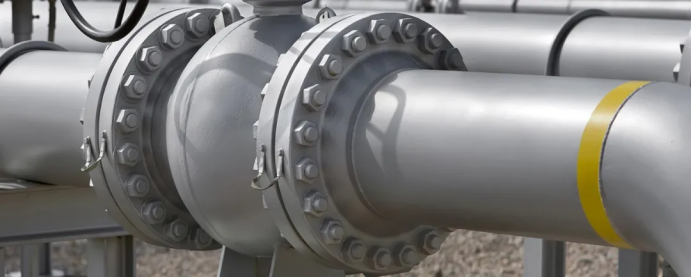
What is a flange?
Let's first say what LAN really is. In short, the flange is a round iron knot, with a hole in the middle, and many small holes around it. Don't underestimate this thing. It's a big deal. It is mainly used to connect pipes, valves, and equipment. Just like when we wear clothes, the button can connect the two pieces of cloth of the clothes, and the flange is the "button" of the pipeline world, connecting the pipe section by section, so that the liquid and gas inside can run around smoothly.
#5 Importance

Imagine not connecting the pipes without the flanges. The complex pipe systems in the factory, like a mess, can't work. The flange is like the "joint" of the pipe, with it, the pipe can be connected flexibly, and can be disassembled and repaired. Just like our arms and legs, if there is no joints, then how to move!
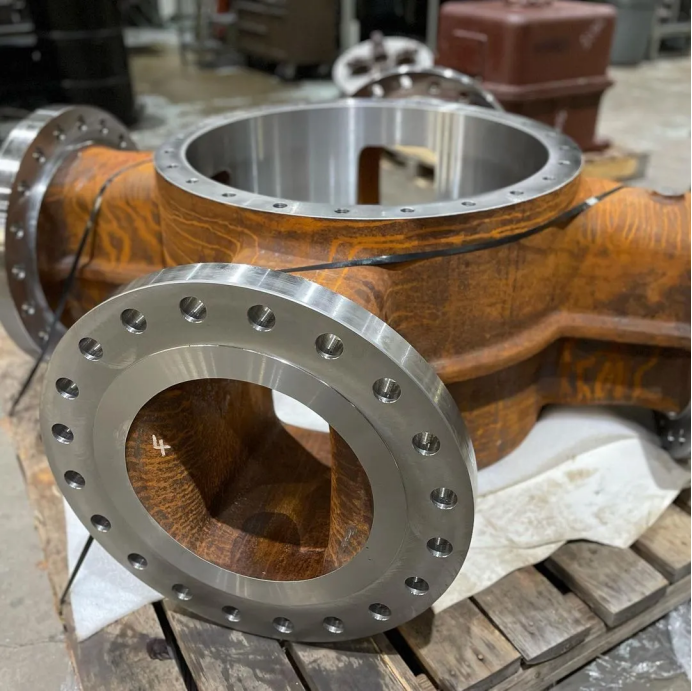
Flange also has a great place, is that it can ensure the sealing of the pipe connection. If you think about it, if the pipe connection leaks, it will be a big trouble. The flange "holds" the two sections of pipe tightly through bolts and sealing gaskets to ensure that things does not leak out. It's like sticking two pieces of wood with glue, but the flange is more reliable because it depends on physical forces rather than chemical stickiness.
#6kind
There is more than one flange, it has many "brothers and sisters", each has its own characteristics and uses.
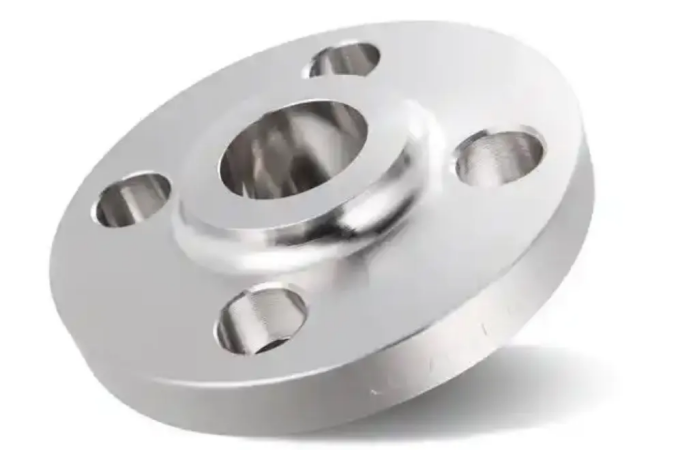
Part.01slip on flange
This flange is the most common, like a common iron ring, welded to a pipe. It has the advantages of easy installation and a relatively cheap price. However, its strength is relatively weak, suitable for use where the pressure is not too high. For example, the heating pipe in the home, with a flat welding flange is enough.
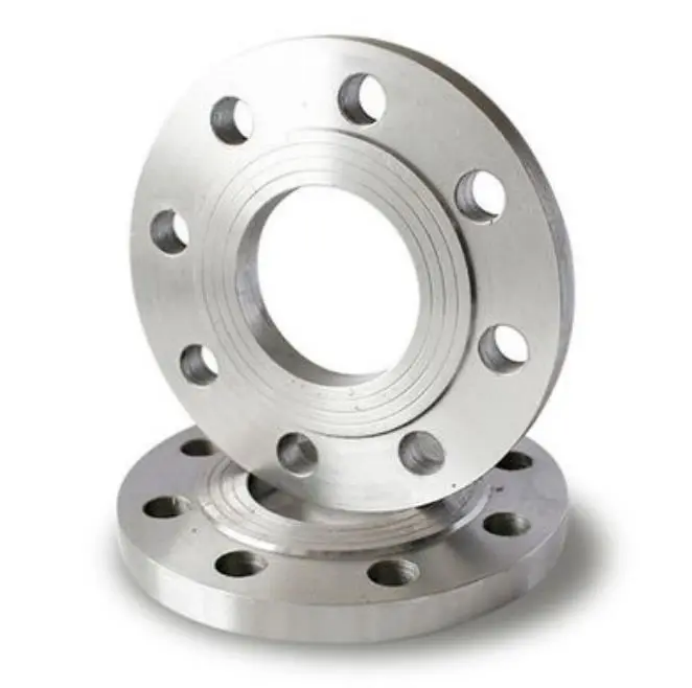
Part.02welding neck flange
The opposite welding flange is much stronger, it is very strong, it can withstand more pressure. Its shape is a bit like two horns connected together, which requires more elaborate operation when welding. The flanges are usually used in high-pressure, high-temperature piping systems, such as chemical plants and power plants. Without butt welding flanges, those high-pressure steam, high-temperature liquid can be dangerous.
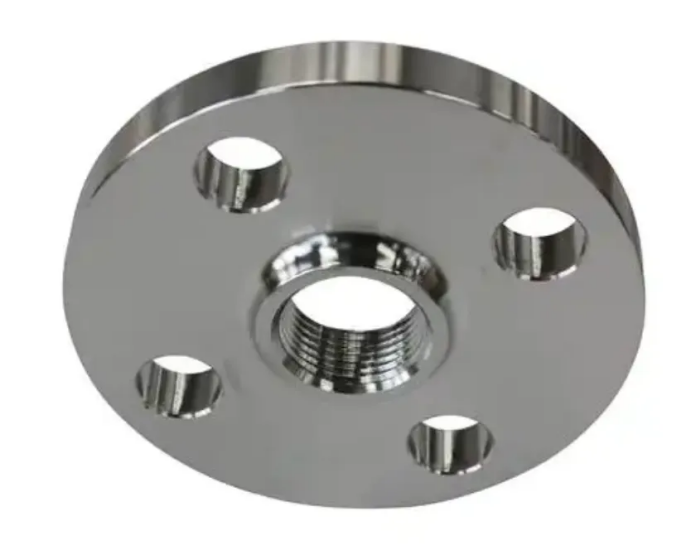
Part.03screw flange
The thread flange is also interesting, threaded on the edge, like a screw, can be screwed directly into the pipe. This flange is very convenient to install, and it does not require welding, so there is no need to worry about the welding quality problem. However, its sealing property is relatively weak, generally used in some less important pipe connections, such as some small water pipes.
#7Flange material
Flange material is also a variety of materials, different materials have different uses.

Carbon steel flange
Carbon steel flanges are the most common, cheap, and have good strength. It can withstand a certain amount of pressure and temperature, suitable for use in general industrial pipelines. For example, the cooling water pipe in the factory, with carbon steel flange is enough.
Stainless steel flange
Stainless steel flange is more advanced, it is corrosion resistant, high temperature resistant, long life. However, the price is also relatively more expensive. This flange is generally used in food processing, pharmaceutical industries with high hygiene requirements, because stainless steel does not rust and will not pollute the liquid inside.